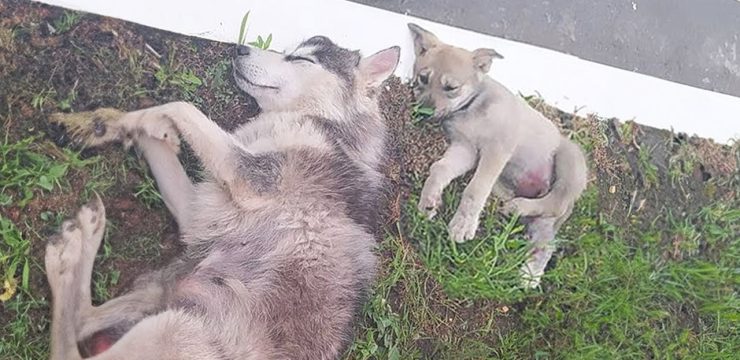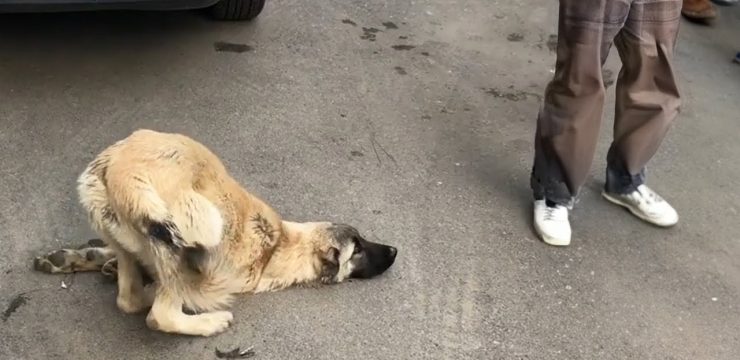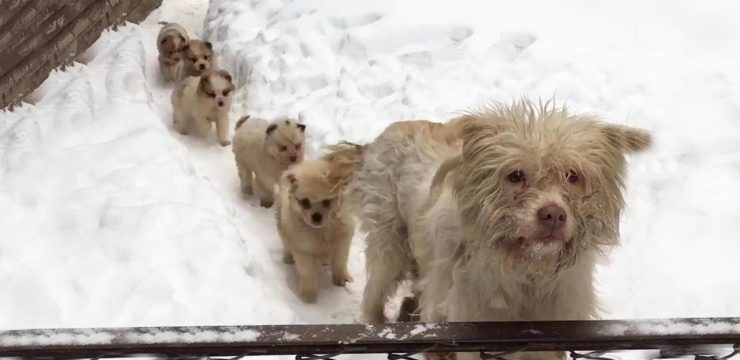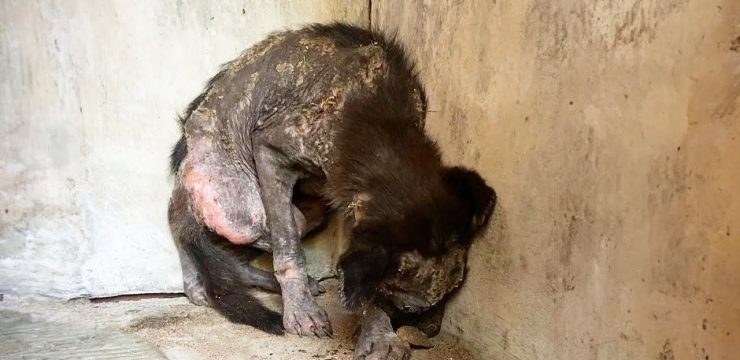More than five decades ago, a frail 13-year-old girl stepped into a Los Angeles welfare office, changing the course of scientific and emotional understanding in America. She was mute, thin, and moved with an awkward, shuffling gait. Her hands curled in fear, like a startled rabbit. No one had ever encountered a child quite like her. She was called “Genie” — not her real name, but a pseudonym created to protect her identity. What followed would become one of the most haunting and controversial stories in the fields of psychology, linguistics, and human development.
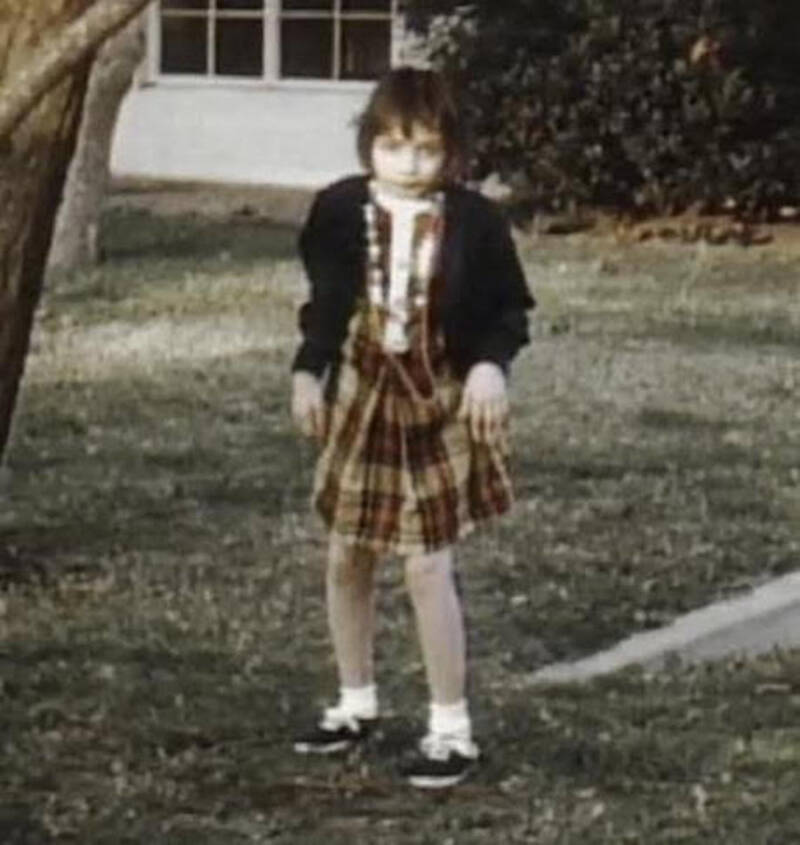
Genie Wiley was born in 1957 in Arcadia, California. On the surface, her beginnings could have been unremarkable, but instead, her name became synonymous with one of the worst cases of child abuse and neglect ever recorded. She was the youngest of four siblings, though only she and her older brother John survived early childhood. Her father, Clark Wiley, a former World War II flight mechanic, returned to civilian aviation after the war. Her mother, significantly younger and visually impaired, came from a farming family in Oklahoma. She had moved to California in search of a better life, fleeing the Dust Bowl with family friends.
From early on, Genie’s life was marked by isolation and pain. At birth, she seemed healthy, but a congenital hip defect delayed her ability to walk. Her father misinterpreted the delay as a sign of mental disability and soon began restricting her interactions with the outside world — and even with her own family. He enforced silence in the household, forbidding Genie’s mother and brother from speaking to her or acknowledging her presence. Over time, his behavior grew increasingly abusive and paranoid.
Clark Wiley descended into delusions and paranoia following the death of one of his other children. He came to believe the world was filled with danger and threats, leading him to imprison Genie inside their home. Locked in a small, dark room, Genie was tied to a child’s potty chair during the day and strapped into a crib at night. The room was bare, the windows covered, and the silence unrelenting. If she made any noise, he punished her — sometimes violently. To keep her quiet, he would growl like a dog or scratch at her like an animal, instilling a lasting fear of sound and of creatures.
Genie was subjected to a life devoid of normal human experience. Her diet consisted of baby food and liquids, sometimes force-fed. She was rarely spoken to, never exposed to sunlight, and not allowed to see television, hear a radio, or experience even basic conversation. Her mother, almost blind and trapped in fear, was also beaten if she tried to help. Her brother John was forced to stay silent and was sometimes made to participate in the abuse. Although Genie’s father once promised the torment would end when she turned 12, he broke that promise. It wasn’t until a chance mistake that everything changed.
When Genie was finally taken by her mother to a social services office in Los Angeles — by accident, after entering the wrong room — the horror was finally uncovered. At first, social workers thought Genie might be autistic. But soon, the deeper truth emerged. Doctors who saw her described her as the most severely abused child they had ever encountered. When discovered, she was still in diapers, pale, skeletal, and unable to speak. Her eyes failed to focus, her limbs were twisted, and her weight was shockingly low — just 59 pounds. Her appearance bore a haunting resemblance to Anne Frank, as one observer noted.
Despite her condition, researchers were captivated. Linguists, psychologists, and neurologists saw Genie as a unique case — someone who might help answer questions about whether language could develop if missed during childhood. Genie was given intensive care and therapy. She began to learn a few simple words — “blue,” “go,” “mother.” She could draw, complete puzzles, and express thoughts nonverbally. However, she never grasped grammar — the structural rules of language — leading scientists to suspect that the critical window for language learning had closed.
Genie also displayed physical and behavioral signs of her trauma. She moved in what researchers called a “bunny walk,” could not fully straighten her arms or legs, and was often incontinent. She spat frequently and had difficulty chewing. At the beginning, it seemed she recognized only her name and the word “sorry.” Even so, her progress inspired hope — for a time.
Unfortunately, after brief improvements, Genie’s life once again deteriorated. When she turned 18, she was returned to her mother’s care, but her mother, overwhelmed and unable to provide for her, requested that Genie be placed in a state-run facility. What followed was a revolving door of foster homes, psychiatric institutions, and broken promises. Funding for her care disappeared, research projects ended, and Genie faded from public view. The trauma of the foster system undid much of the progress she had made. Her emotional and physical health declined rapidly.
Many who had once cared for Genie remained haunted by her story. One of them, UCLA linguist Susan Curtiss, had formed a close bond with her and attempted for years to reconnect. But access to Genie was denied. In a 2016 interview, Curtiss lamented, “They never let me have any contact with her. I think my last contact was in the early 1980s.” Journalist Russ Rymer, who documented her case extensively, described a photo of Genie on her 27th birthday as deeply disturbing. He wrote about her vacant expression and institutional appearance, noting how far she had fallen from even the limited independence she had once achieved.
Today, Genie’s exact whereabouts remain a closely guarded secret. It is believed she still lives under state care in California. If alive in 2024, she would be around 67 or 68 years old. Her legacy is both tragic and profound — a symbol of resilience against unimaginable cruelty, and a painful reminder of the limits of science when compassion falls short. Genie was not merely a subject of scientific inquiry. She was a girl — a human being robbed of her childhood, her voice, and perhaps her future.
Her brother John, too, carried the emotional scars of their father’s abuse. In a 2008 interview, he admitted, “I feel at times God failed me. Maybe I failed him.” After losing contact with Genie and their mother — who passed away in 2003 — John built a life in Ohio, working as a house painter. He married and had a daughter, Pamela. But pain followed the next generation. Pamela, who never met her aunt Genie, struggled with substance abuse. In 2010, she was arrested for endangering her children, Genie’s grandnieces. Sadly, Pamela died in 2012, just a year after John’s death from diabetes in 2011.
Both of Genie’s parents were charged with abuse, but before facing trial, her father took his own life. In one of his suicide notes, he wrote chillingly, “The world will never understand.” Genie’s story continues to echo through time, raising pressing questions: How do we protect the most vulnerable? When does science help, and when does it fail? And can love and language truly heal wounds as deep as hers? Her life demands that we never again allow a child to be invisible.
